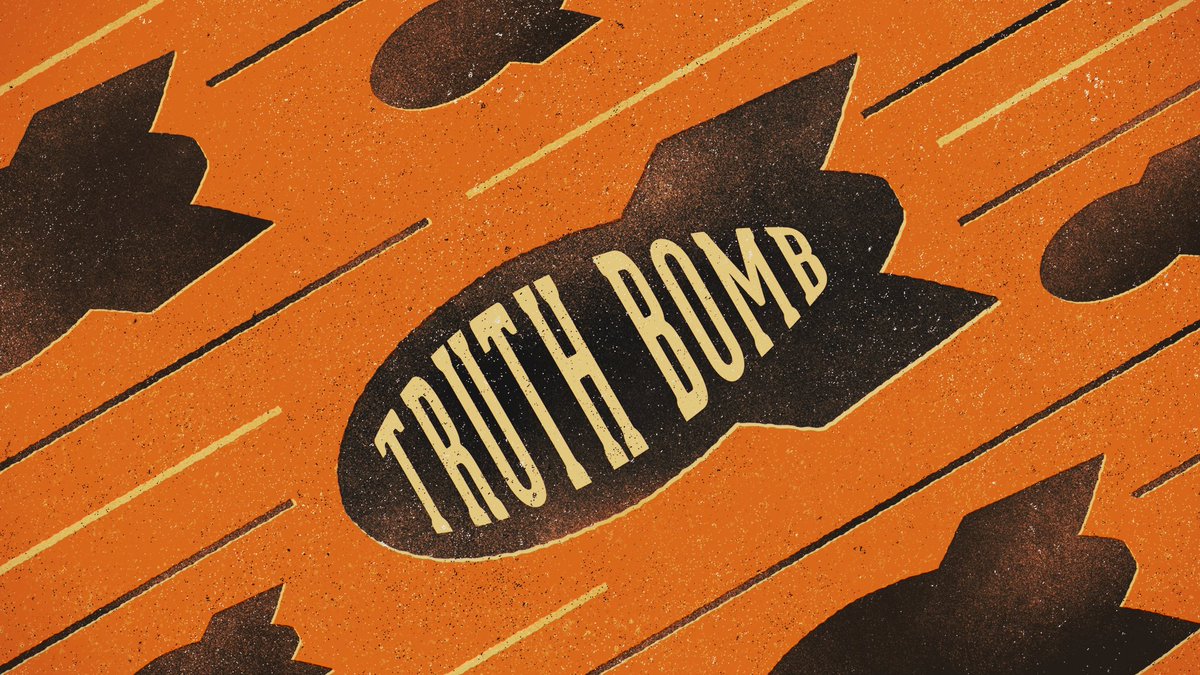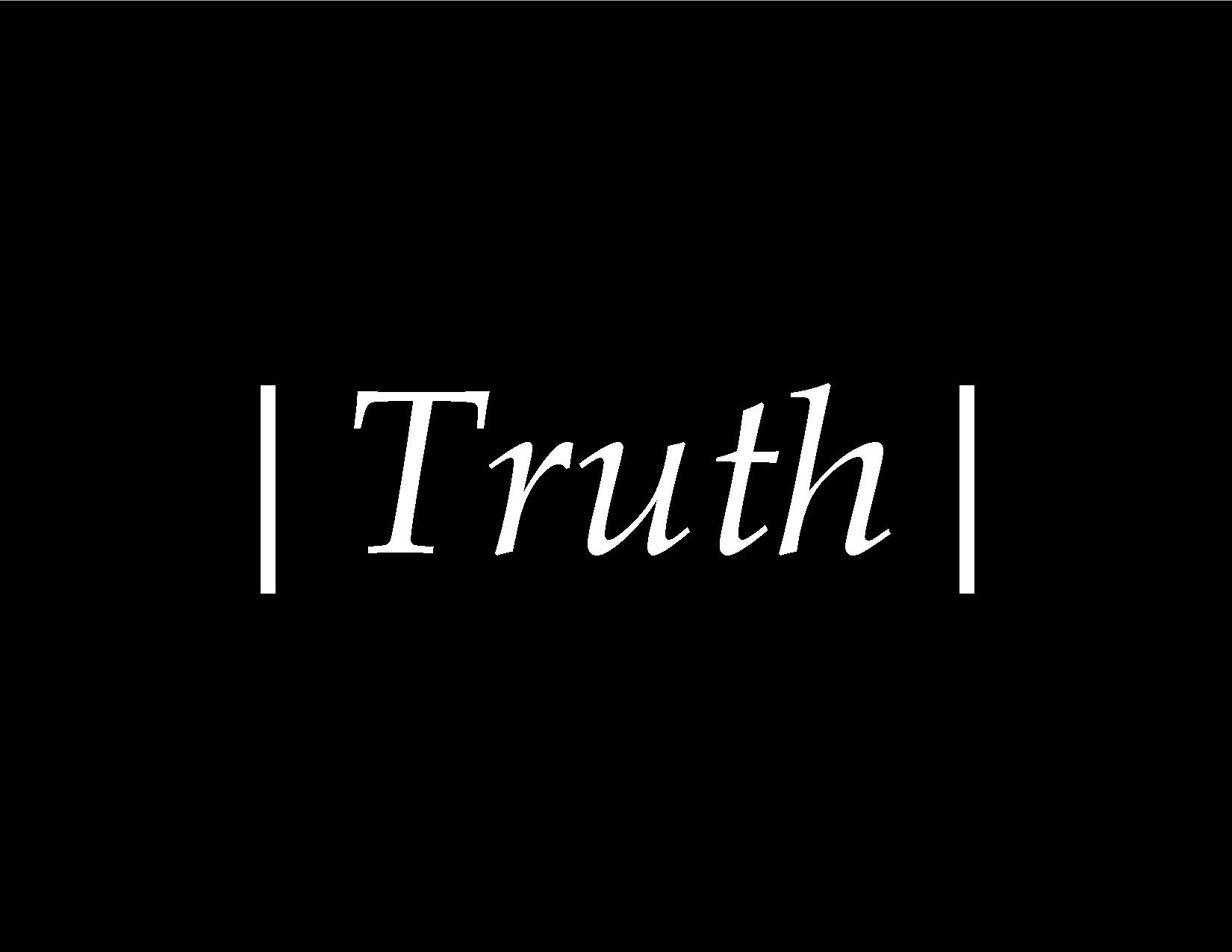 The fifth in a six-part series: Truth Bombs about Major Gifts
The fifth in a six-part series: Truth Bombs about Major Gifts
If you’ve been reading any of our material for any length of time, you knew this truth bomb was coming at you.
Structure.
Without a structure to your major gift program and the infrastructure to support it, you won’t have a successful program that continuously brings in solid net revenue for your organization year after year.
What I just wrote there is important. Many leaders and managers get hoodwinked by hotshot “rainmaker” types of MGOs. They have a couple of big wins by helping bring in a few large gifts, then they can’t sustain their performance. But before the manager realizes they can’t bring in consistent revenue, they start to believe that this is what major gifts is all about… hire someone who can bring in big gifts.
Richard and I would argue that this type of fundraising shouldn’t even be considered “major gifts.”
Over the many years that we’ve helped hundreds of non-profits and thousands of front-line fundraisers, it’s become clear that having a structure for the major gift program is the only way to consistently increase revenue, reduce value attrition and create the atmosphere to develop strong, authentic relationships with donors.
You can read more about what that structure is in great detail by either reading it in our new book or in our free White Paper as well. But I’m going to bullet-point it out for you here.
- Front-line fundraisers must have a single purpose: cultivate, steward and serve qualified donors in their portfolio. That’s it.
- Have a 3-to-5-year plan for each qualified donor in your portfolio: where are you taking this relationship?
- Set realistic, one-year revenue goals for every donor in your portfolio, and cash-flow them. Every donor.
- Tier your donors A-C.
- Create a 12-month strategic plan for every donor to answer the question, “how are you going to achieve your goals and deepen your relationship with the donor?”
- Managers have to create accountability for the front-line fundraiser and consistently meet with them to provide focus, strategy, reporting on their performance and on-going training.
- Leaders must provide the infrastructure that a major gift program needs by first creating a culture of philanthropy where finance, program and leadership all understand their roles in supporting the major gift team and the crucial role a donor plays in funding the mission.
Richard and I realize this is no small task; but without this structure or what we like to call “The Veritus Way” of major gifts, it won’t work. However, if you do embrace this structure and invest in it properly, the long-term benefit for your organization is increasing net revenue year over year and the ability to weather any storm. Why? Because you’ve built authentic relationships with individuals who love your mission and find joy in giving to it to make the world a better place. (Tweet it!)
Jeff
PS — You can read much more about this structure in our new book, It’s Not JUST About the Donor.
Read the series “Truth Bombs About Major Gifts”







0 Comments